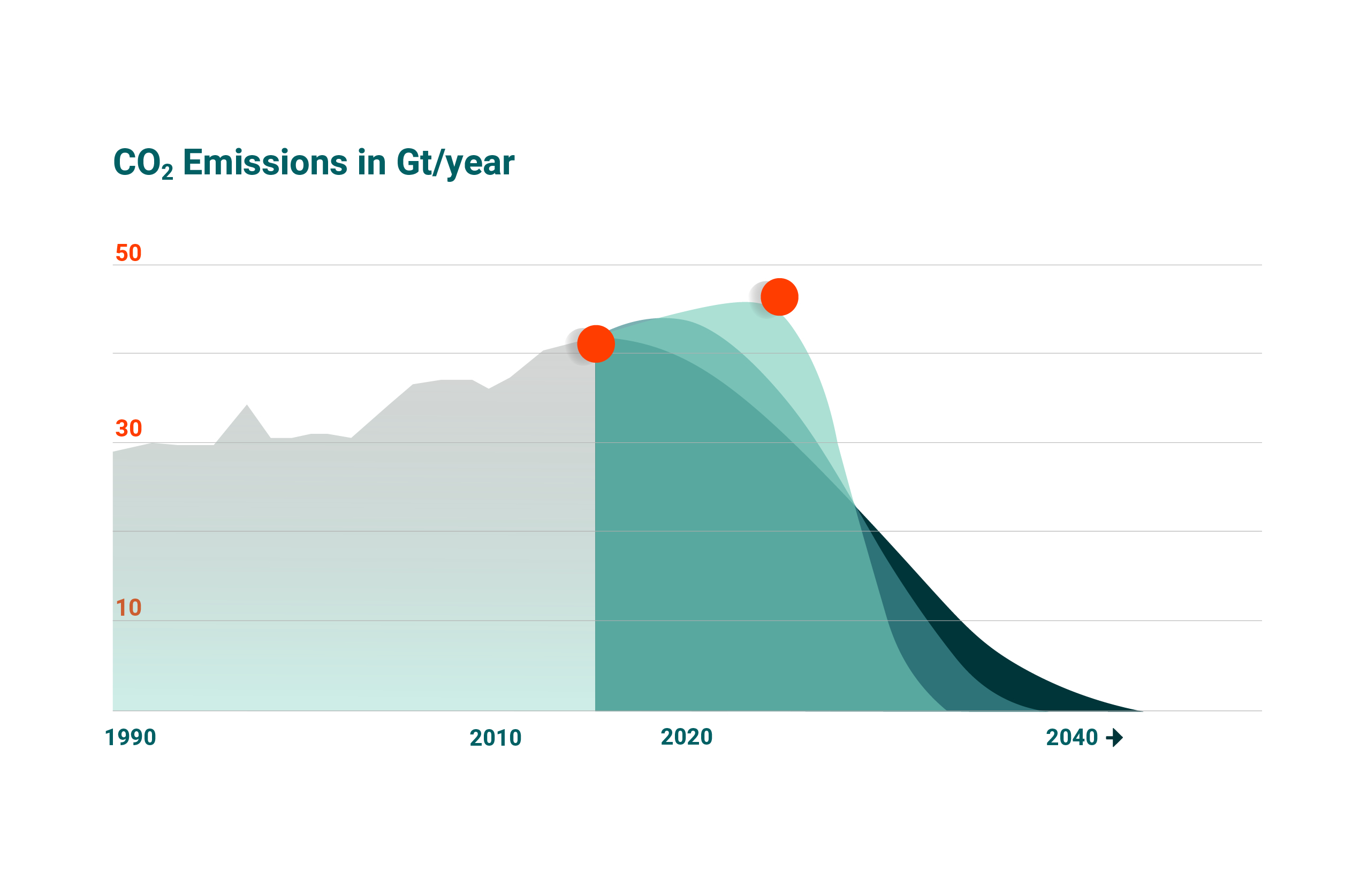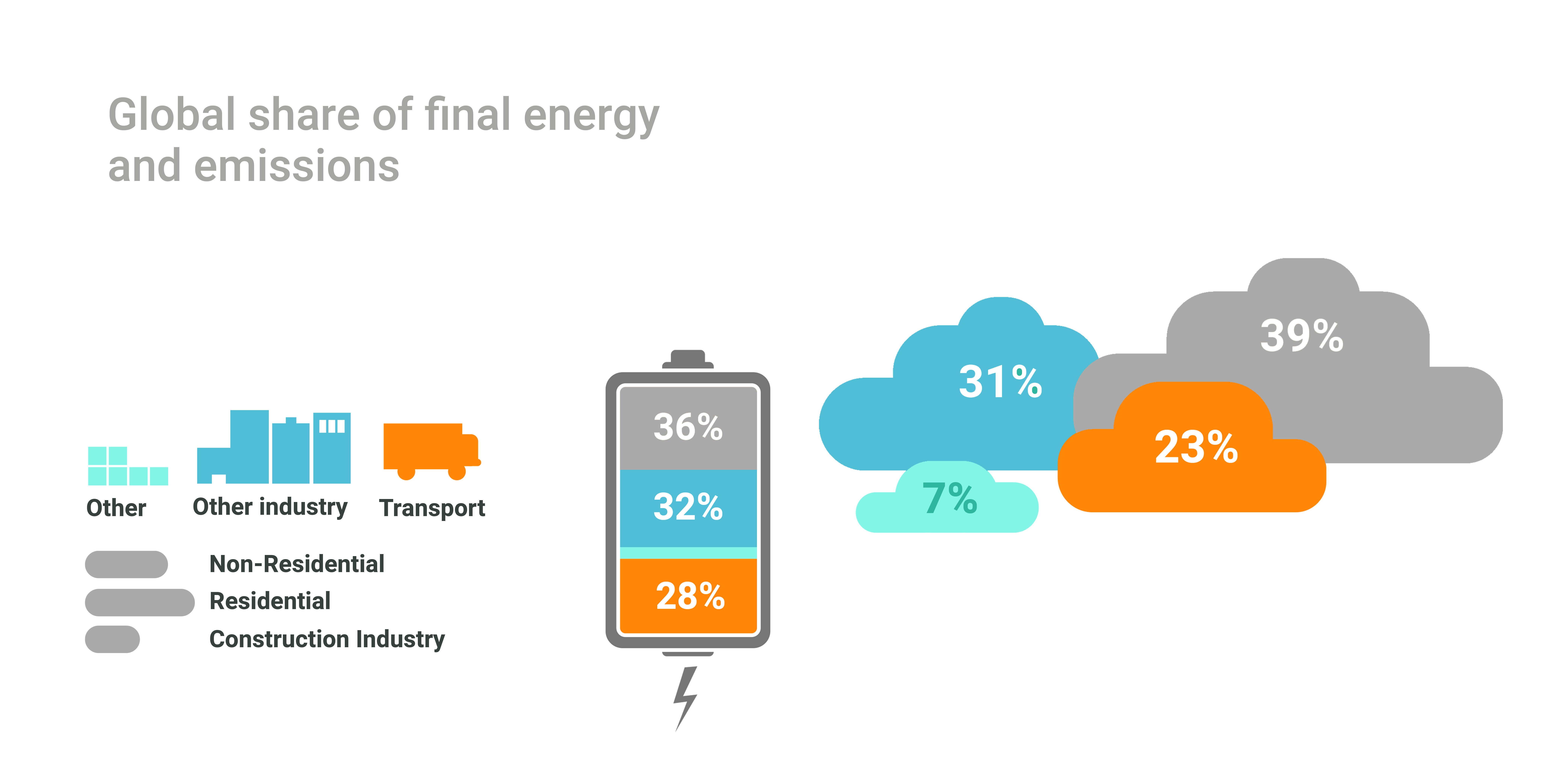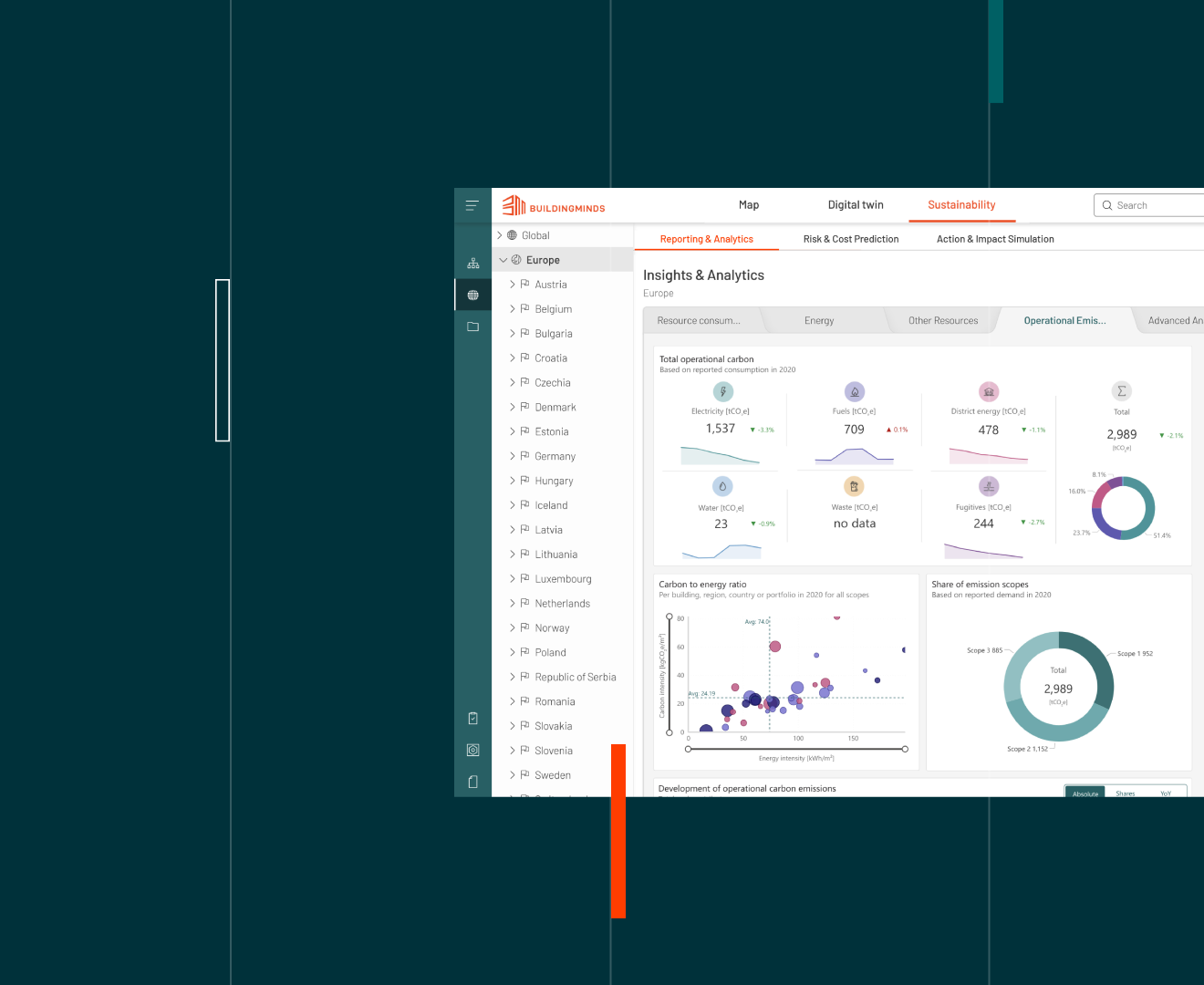Lukewarm water

Finally, leaving the lockdown behind us – who would not wish for that? But what comes next? Our attention will continue to focus almost exclusively on further containment of the Corona pandemic. This is important, but I am afraid that the focus will shift too much and that this will obscure a far more powerful development that needs to be contained:
Instead of infection statistics, this graph shows CO2 emissions. The fact is: “Normality” is deadly in this case.

The analogy of the frog comes to mind: It sits in slowly heating water until it is too late. Most likely, the warm water is quite comfortable in the beginning. However, if the frog is placed directly into hot water, a pain response will cause it to flee this environment. While the pandemic leads directly to social and economic action in order to combat recession, climate change seems to create less need for action. This may be due to the fact that the effects of the climate crisis are much more gradual. But this is misleading.
According to the World Green Building Council, compliance with the Paris Climate Agreement will require that from 2030 all newly erected buildings must be CO2-neutral and that from 2050, all existing buildings must comply with this requirement.

The economic footprint, on the other hand, is known to be enormous, involving 40 percent of CO2 emissions, 30 percent of energy consumption and 50 percent of resource consumption. This issue has by now attracted the attention of legislators. The EU Taxonomy might provide the first painful experiences for the real estate sector. The need for action increases every single day. Currently, the sector does not seem to be concerned by that at all. However, the current impression might turn out to be as deceiving as the one about the poor frog.
Regulations create dependable facts
People buying real estate today must make a simple calculation: What will the investment costs required during the life-cycle of the property be in order to reduce the emissions in accordance with the law? Or on a slightly more controversial note: What would the penalties or taxes amount to if the emissions are not sufficiently reduced? This calculation becomes more complex with the increasing size and complexity of the respective portfolio.
Those who think that the easiest calculation is to suppress it all are in for a rude awakening – not only because assets that currently appear very profitable might soon turn out to be uneconomical, but also because the regulations create facts, even for those who have their doubts about climate change.
Rational decisions need a data-based foundation
Understanding is only the first step. What owners, investors and asset managers still lack is a suitable basis for decision-making. Just being willing to act is therefore not enough. Developing strategies can only serve as a start. Rational decisions require data that are meaningfully linked and render correlations visible. Digital technologies such as artificial intelligence and machine learning are the keys to achieving this.
Digitalization and sustainability must therefore be an integral and prominent part of the “new normality”, not only on their own but also in combination with other elements. This does not save us from the risk of further, unexpected crises, but it allows us to handle them with flexibility.



